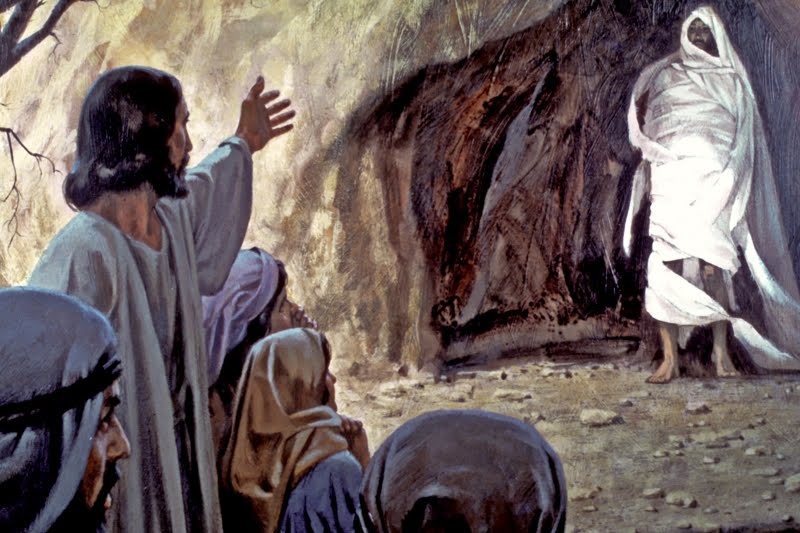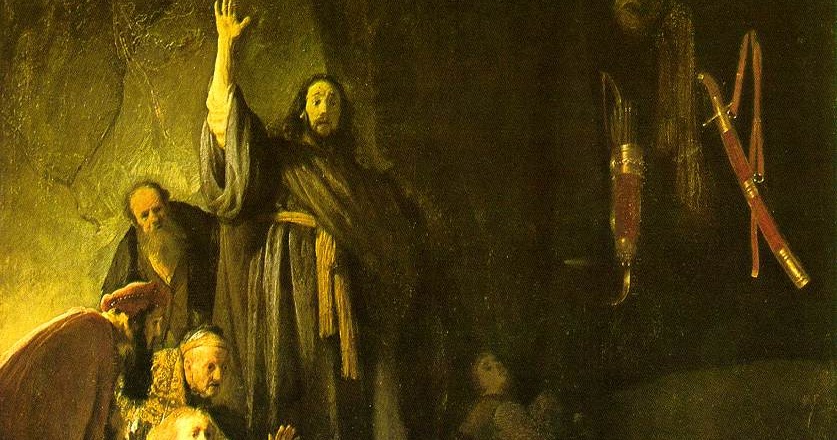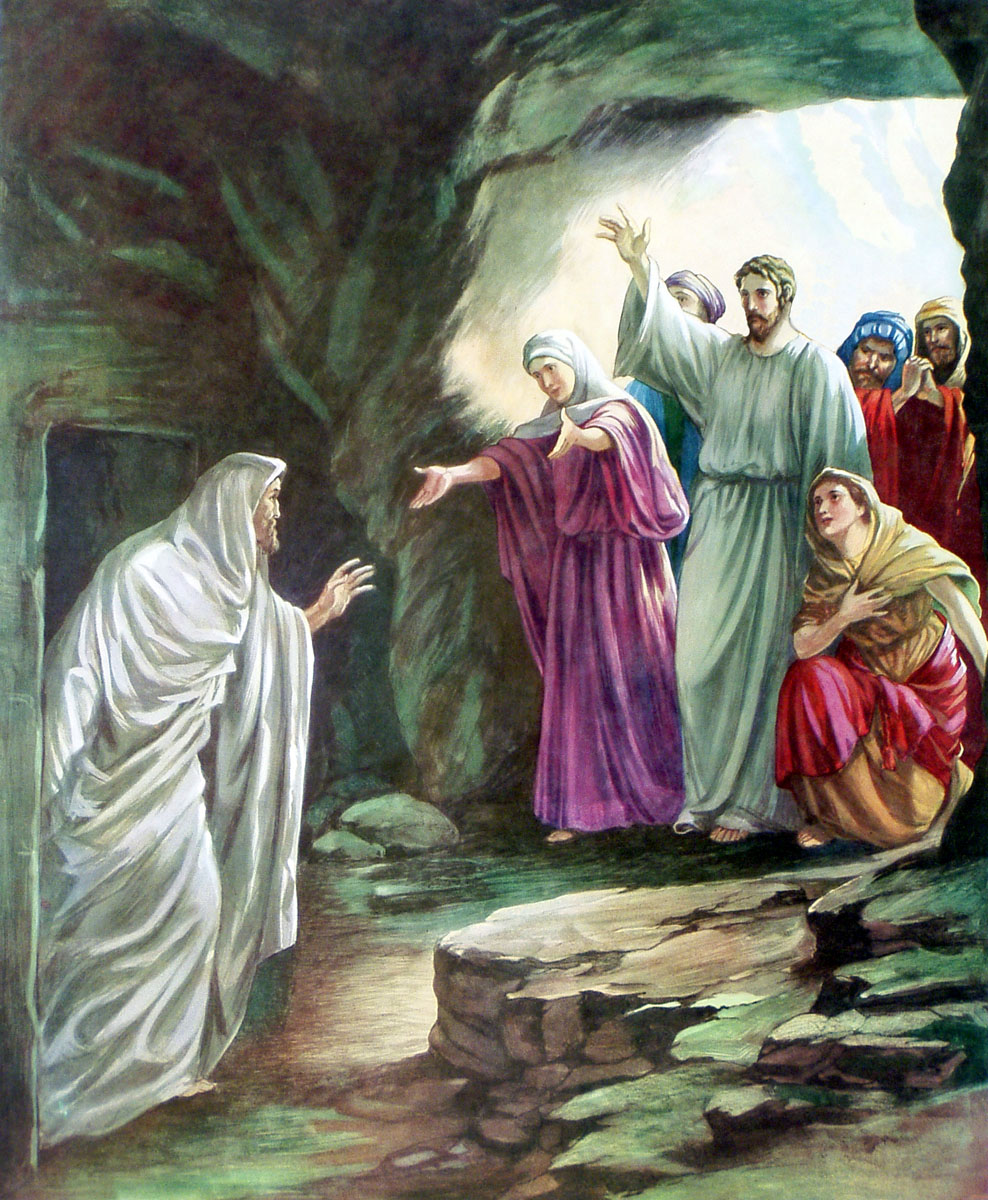
Four days after Lazarus's death Jesus finally arrived. In the beginning of the chapter Mary and Martha, the sisters of Lazarus, send word of their brother's illness to Jesus. To the surprise of some, there are several theories that have tried to explain just that.įirst, we must know the context in which this verse occurs. Many have never really analyzed what Jesus was actually weeping over. However, even though it is small, this phrase has powerful meaning. Most people know this famous phrase because it is the shortest verse in the Bible (it has also been argued that Job 3:2 "He said" is actually the shortest verse). Yet the language in this particular chapter seems to point to both Jesus' personal friendship and a "follower" type relationship with Mary, Martha, and Lazarus. Therefore, are Mary, Martha, and Lazarus Jesus' friends or just followers? It can be difficult to conceive Jesus as having "personal friends" (Smith 218) along with followers. At the same time, the word that means self-giving love is used interchangeably with the Greek word for friendship.

The Greek verb meaning friendship is used to describe both Jesus' relationship with Lazarus and Lazarus' sisters in John 11, as well as in John 15 to describe Jesus' relationship with his followers. John 11: 3 states, "So the sisters sent word to him saying, 'Master, the one you love is ill.'" John 11: 5 states, "Now Jesus loved Martha and her sister and Lazarus." Both of these verses point to the fact that Jesus loved Lazarus, Mary, and Martha.

Jesus' Relationship with Lazarus and His Sisters If this is the case, though, why does the author of John refer to Mary by using the event in John 12 as opposed to where Mary is introduced in Luke? It is a possibility that John 11 may be clarifying the village of Mary and Martha that Luke discusses in Chapter 10. It is perplexing that in Luke 10, "Mary listened at Jesus' feet while Martha worked." Yet in John 12, "Martha will serve while Mary annoints Jesus' feet" (Smith 218). A similar story-telling tactic (which could also, perhaps, be called a "flaw") is used in Luke, in 7:36-50. The beginning of Chapter 11 in John is also potentially confusing in relationship to Luke Mary is first introduced by referring to an event that first "occurs" in John 12. Because of the similarities between the two Gospels, it is possible that the Lukan story influenced the Johannine story, or the other way around.

The difference between the Lukan story that uses the name Lazarus and Chapter 11 in John is that Lazarus actually rises from the dead in John. Lazarus) rises from the dead" (Smith 217). But Abraham refuses, saying that if the brothers do not attend to Moses and the prophets they will remain unconvinced even if someone (i.e. Moody Smith, in his commentary on the Gospel of John explains how the name Lazarus is used in Luke: "The rich man, condemned to torment in Hades finally asks Father Abraham to send Lazarus, who reposed in Abraham's bosom, to warn his five brothers to repent and thus avoid his own fate. It is interesting that both Luke and John contain stories that have a man named Lazarus. Similarities and Differences with the Gospel of Luke


 0 kommentar(er)
0 kommentar(er)
